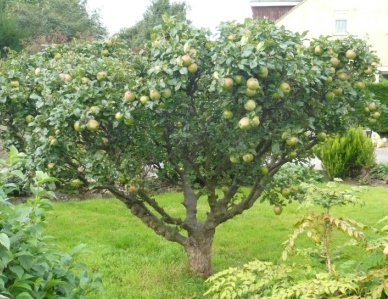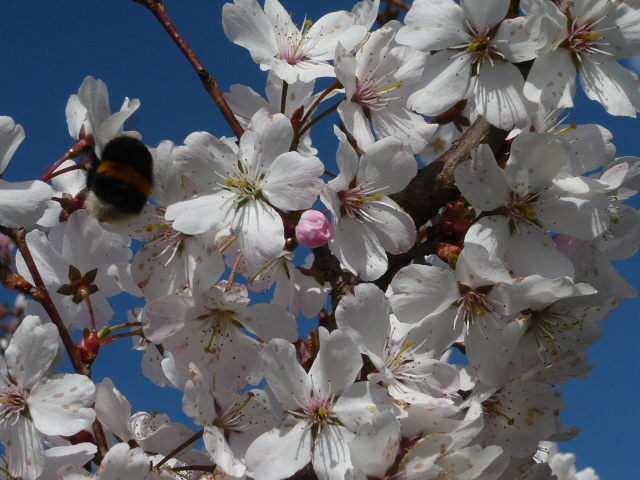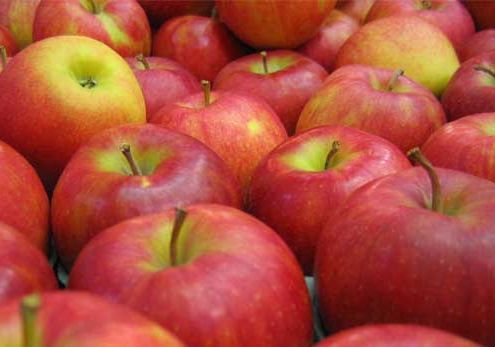Selecting a New Apple Tree
There are over 7000 different varieties of apple tree including those classed as eaters, cookers, crab or cider apples. 10% of these are available from RHS plant finder recommended nurseries.

Horticultural Considerations
- Your apple tree should last a long time and be fruitful and satisfying. It is worth taking care to get the selection right.
- The growth and size of your tree will depend to a large extent on the ‘rootstock’. The most common rootstocks are M27 5-6 feet tall, M26 8-12 feet tall and MM106 12-18 feet tall.
- Some varieties of apple in clay based soil may grow slightly quicker and larger than an apple planted on light, sandy or chalky soil.
- Most apple trees need another cultivar to pollinate their flowers and set fruit. It must flower at the same time. Triploid trees are very poor pollinators.
- Some varieties are more disease resistant than others. Seek out award of garden merit AGM varieties or discuss with a specialist nursery.

Personal Selection Criteria
- Warm country imports from supermarkets often have less flavour than your home grown apples.
- Autumn apple days are held around the country and can offer a wealth of local advice. Sample tasting may be possible or you can select trusted well known favourites.
- How you want to grow your tree can affect the selection. A trained espalier tree or cordon grown on a slant, a ballerina tree grown in a large pot or a ‘step over hedge’ tree are currently popular in designer gardens. The choice is yours but plan now for planting later this autumn.
- Two year old trees will cost more but crop sooner than maidens.

One thought on “Selecting a New Apple Tree”
When you are going to plant an apple tree you should take care of few things like seeds quality, favorable atmosphere, water irrigation, sunlight, land etc. Above described tips are very much helpful that you can follow.
Comments are closed.